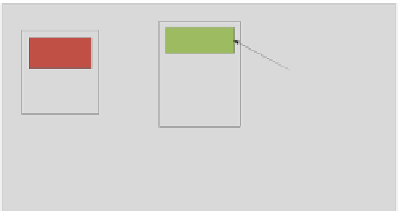Information Technology Reference
In-Depth Information
•
Platform Master
is the key component of PoI. It is responsible for application
scheduling, application resource allocation and interfacing with
VM Management
to acquire or release infrastructure resource from/to IaaS.
•
VM Management
is the key component of IaaS to perform the infrastructure re-
source scheduling and providing corresponding APIs.
Fig. 1.
Architecture of POI
In the architecture illustrated above, App Execution Engine and Front End are al-
lowed to have more than one instance running simultaneously. Users' applications are
deployed in App Execution Engine. All components of PaaS, including App Execu-
tion Engine, are deployed in the VMs provided by IaaS. This architecture ensures the
scalability that all applications can easily be accommodated through scale-up and
scale-down. When one application's workload increases and the requirements for
computing resources increases accordingly, Platform Master can increase applica-
tion's instances, either based on current set of VMs or acquires more of them from
IaaS Layer to guarantee QoS of the applications. When one application's workload
decreases, over-provisioning instances will lead to the waste of computing resources;
thus Platform Master can decrease its instances and decide whether to return over-
provisioning VMs to IaaS Layer in order to save VM rental cost.
4
Resource Management of PaaS Base on IaaS
4.1
Problem Statement
In this paper, a resource management framework of PoI is brought forward. On one
hand, PoI is an asynchronous soft real-time system. Its requests are unpredictable and
nondeterministic, and their distribution cannot be precisely described by the mathe-
matical models. On the other hand, it is a soft real-time system because there are some







































































































































